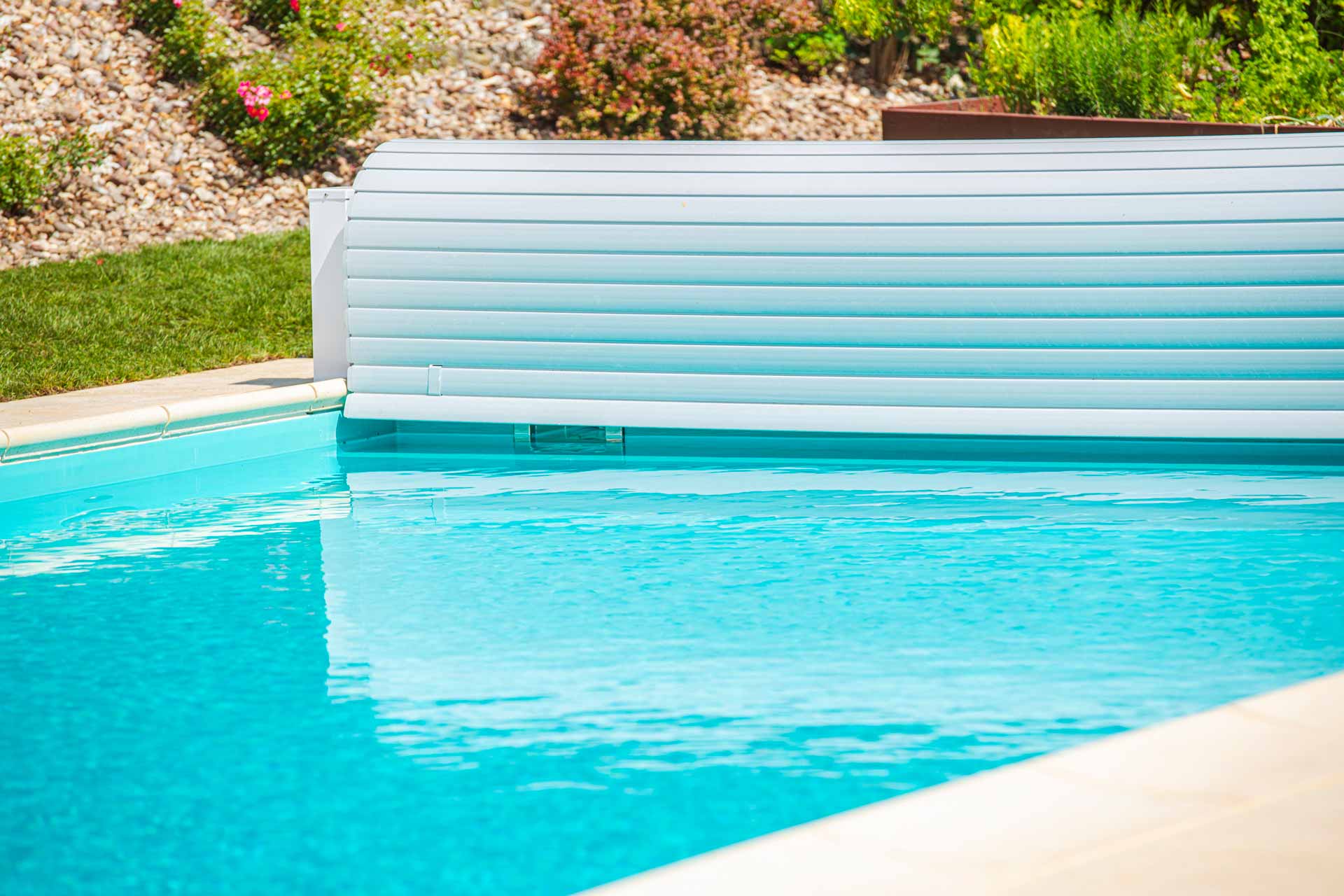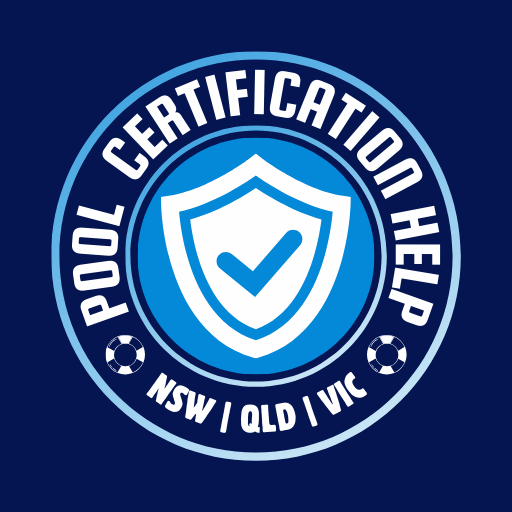What Is a Non-Climbable Zone on a Boundary Fence? A Guide to Pool Safety Compliance
June 7, 2025

If your backyard swimming pool is bordered by a fence that also marks the boundary with a neighbour, you might be using that boundary fence as part of your pool barrier. While this is common across Australia, it comes with very specific rules — especially around what’s known as the non-climbable zone, or NCZ.
In this blog post, we’ll explain what the non-climbable zone means when it applies to boundary fencing, why it matters, and how to ensure you meet the requirements under the Australian Standard AS1926.1–2012.
Why Non-Climbable Zones Matter
The purpose of a non-climbable zone is simple — to prevent young children from using nearby objects or structures to climb over the barrier and gain unsupervised access to the pool. NCZs are a vital part of swimming pool Australian standards, and failure to comply is one of the most common reasons pools fail inspection.
When a boundary fence forms part of your pool enclosure, the rules around climbability become stricter, particularly because these fences are often 1.8 metres tall, and may back onto other properties, gardens, or retaining walls.
What Is the Required Height of a Boundary Fence as a Pool Barrier?
If you’re using a boundary fence as part of your pool’s barrier system, AS1926.1–2012 requires that:
- The fence must be a minimum of 1.8 metres in height measured from the pool side.
- The fence must not contain climbable features such as rails, ledges, or footholds.
- The non-climbable zone must be maintained on the inside (pool side) of the fence.
It’s important to note that AS1926.1–2012 does not require you to modify your neighbour’s side of the fence — only the side facing the pool.
Understanding Non-Climbable Zones for Boundary Fences (NCZ 5)
Under AS1926.1–2012, a specific non-climbable zone called NCZ 5 applies to boundary fences used as pool barriers. Here’s how it works:
NCZ 5 Requirements:
- Applies to boundary fences 1.8 m or higher
- The NCZ is a 900 mm quadrant located on the inside (pool side) of the fence
- It extends down from the top of the fence, in an arc 900 mm radius
- There must be no climbable objects or surfaces within this zone
- Any horizontal components on the inside of the fence must be spaced at least 900 mm apart
This means that within that curved 900 mm zone down from the top of the fence, you must not have trees, pot plants, garden boxes, outdoor furniture, pergola posts, trellises, or even loose items like pool toys or ladders.
Common Issues That Breach NCZ 5
During pool safety inspections, it’s common for inspectors to find:
- Branches overhanging into the NCZ
- Planter boxes or furniture placed too close to the fence
- Horizontal rails or brackets fixed to the inside of the boundary fence
- Climbable wall art or decorations
- Pool equipment (filters, heaters) located within the 900 mm zone
These can all make your barrier non-compliant, even if the boundary fence itself meets the height requirement.
What If the Fence Is Not High Enough or Already Modified?
If the boundary fence is less than 1.8 metres, or has features that can’t be removed or altered, you may need to:
- Install a secondary internal barrier (such as a compliant pool fence)
- Raise the height of the boundary fence using approved fence extensions
- Modify the structure to remove or shield climbable elements
In some states (like Victoria or NSW), approval may also be required from your local council or neighbour before making changes to a shared boundary fence.
Tips to Keep Your Boundary Fence NCZ Compliant
- Measure your fence height to confirm it meets the 1.8 m requirement
- Clear the area 900 mm inward from the top of the fence
- Trim back any vegetation that may have grown into the NCZ
- Avoid storing anything against the fence, even temporarily
- Reposition pool equipment or storage items outside the 900 mm zone
- Don’t hang decorations or fix objects to the inside face of the fence
Being proactive with your setup will make your inspection smoother and reduce the risk of failing due to minor oversights.
What Inspectors Will Look For
During a pool barrier inspection, licensed inspectors will:
- Measure the height of the boundary fence from the pool side
- Check the arc of the NCZ 5 for any objects or hazards
- Inspect for rails, brackets, or fixtures that could assist climbing
- Look for trees, garden beds, or furniture too close to the fence
- Ensure the fence meets all relevant criteria under AS1926.1–2012
They may also take measurements or photos as part of their compliance report, especially if further work is needed to meet the standard.
Non-Climbable Zone on a Boundary Fence: Know Your Responsibility, Stay Compliant
Using your boundary fence as part of your pool barrier can be a convenient and cost-effective option — but only if it meets the strict requirements set out under the Australian Standard AS1926.1–2012. The inclusion of a non-climbable zone (NCZ 5) on the inside of the fence is critical for safety and compliance, and is one of the most closely examined aspects of a professional inspection.
Whether you’re preparing for your first pool inspection, selling a property, or simply want to ensure your family’s safety, understanding pool fence Australian standards and how they apply to your boundary fence is essential.
If you’re unsure whether your pool barrier meets the latest requirements, consider booking a pre-inspection consultation with a licensed pool safety inspector. They can help you identify risks, make practical improvements, and guide you toward certification with confidence.
Pool Certification Help

Leave a Reply